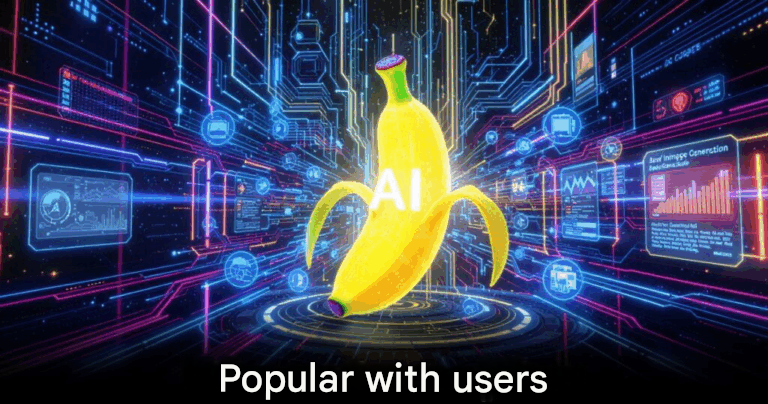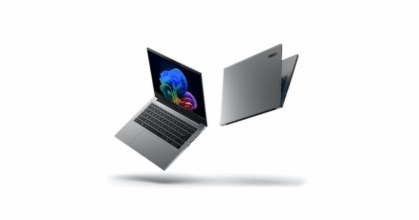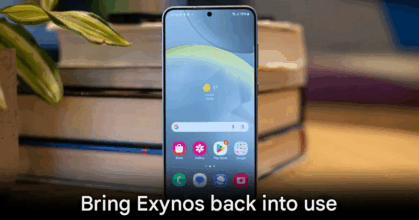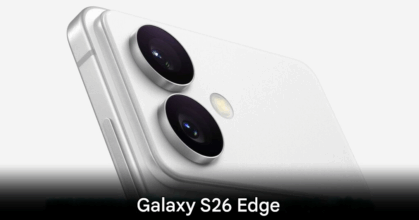
Google created a buzz with Nano Banana, officially known as Gemini 2.5 Flash Image, launching it within the Gemini app and drawing over 10 million new users in just one week while enabling more than 200 million image edits. The response was dramatic enough that Josh Woodward, vice president of Google Labs, humorously noted that “TPUs ran hot and SRE teams were scrambling,” a vivid reminder of the surge in demand.
Nano Banana stood out before it even launched, trending online thanks to its uncanny ability to edit images while keeping them realistic and avoiding the unsettling distortions that often plague AI tools. Users could change backgrounds, dress up pets, or transform themselves into other characters—all while preserving their likeness. These strengths quickly propelled the tool to the top of the LMArena rankings for AI editors, a position Google later confirmed was its own innovation.
Google set clear usage tiers: free users can make up to 100 edits per day, while subscribers can enjoy up to 1,000 daily edits. Each generated image includes a visible or invisible SynthID watermark from Google to mark it as AI-generated content.
The tool’s success owes much to its blend of accessibility and performance. Nano Banana began as an experimental feature with a playful name, but it quickly proved its value as a practical AI assistant for everyday use. It helped shift public perception of image editing AI from novelty to necessity—offering professional-level edits in a matter of seconds. In doing so, it may become an essential tool for creators across Southeast Asia and beyond.
origin: androidpolice






